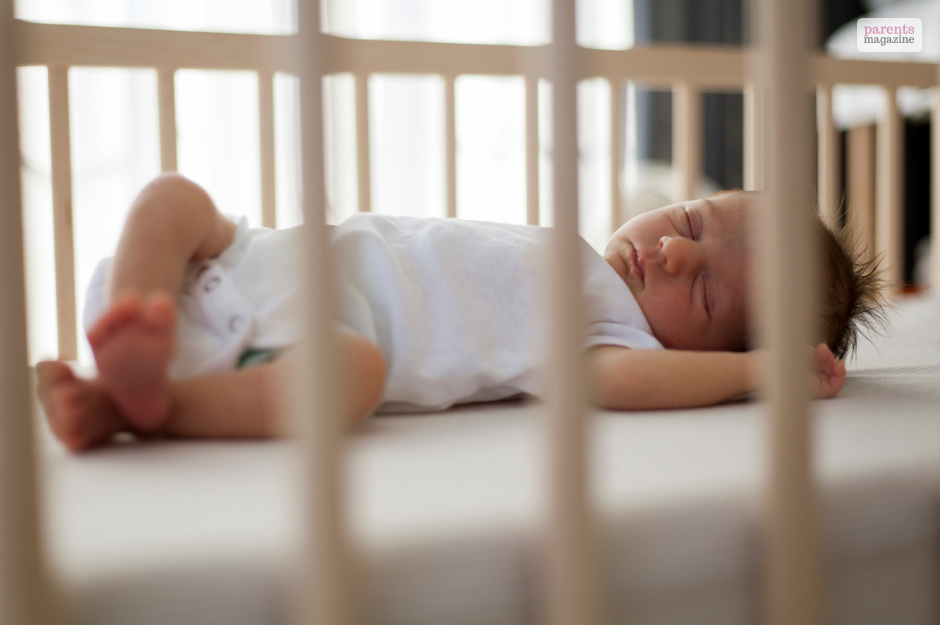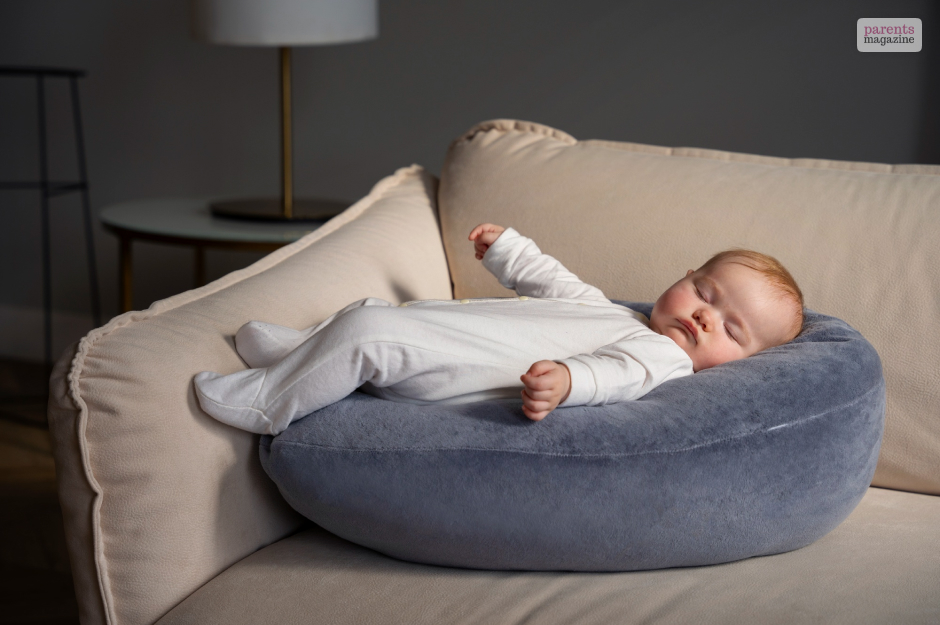
Baby Sleep Positions 1-10: Understanding the Adorable and Safe Ways Your Baby Snoozes
Baby sleep positions 1-10
You just typed in, “Baby sleeping positions 1 – 10 months.” we get it. Basically, you were looking for this –
What’s the best sleeping position for babies aged between 1 to 10 months? It’s not easy for a mother to have a good shut- eye without ensuring that the baby is sleeping in a proper position.
Do you have to put them to sleep on their tummy or on the side? Or is the back side the better position for a safe sleep? You’ll get all your answers in this article. Continue reading if you are looking for answers.
Baby Sleep Positions 1-10: What is the Safest Position for Baby to Sleep?

The most secure sleeping position for babies is on their backs. It’s best to put them to sleep on a flat surface without also elevating their head. This applies to babies of all ages and types. Even babies with preterm birth or reflux should sleep on their backs.
Put your baby to sleep on their back whether they are sleeping at night, during the day, or afternoon. Avoid putting them to sleep on the sides or on their tummy.
Several studies from around the world suggest that babies sleeping on their backs have a lower chance of having sudden infant death syndrome (SIDS). So, it’s best to put the baby to sleep on their back.
Baby Sleeping Position for 1-month old baby
Whether the baby is 1 month old or 10 months old, the sleeping position remains the same. You must put the baby to sleep on their back. This applies to newborns and to babies who are 10 months of age.
Baby Sleep Positions: Best Sleeping Positions for Babies Below 12 Months

What about the baby’s sleeping position on the stomach? Didn’t your parents suggest that it’s best to put the baby to sleep on their stomach? You yourself slept on your tummy when you were a baby.
Here’s a fact: before 1992, parents used to put their babies to sleep on their tummy. At that time, doctors suggested putting babies to sleep on their stomachs. However, that came to change.
In 1992, the medical community advised parents not to put their babies to sleep on their stomachs. Doctors became more aware of SIDS and reversed the process by building awareness about proper sleep positions for babies.
The AAP (American Association of Paediatrics) launched a campaign called Back to Sleep. It was all about making parents aware of the best sleeping position for babies.
Thanks to this campaign, the ratio of infant deaths dropped by 53% between 1992 to 2001. Then, between 2008 to 2013, this percentage dropped by 24% more.
Baby Sleep Positions: After 12 Months

When putting them to sleep, you can ask your little ones to rest on their backs. However, your baby can roll on to their tummy even after you put them to sleep on their back. There’s no need to flip them back or put them on their back again.
At this age, your baby has grown and developed their muscles to flip or turn their own body while sleeping. So, if they are flipping on their tummy, you won’t have to flip them over.
Yes, sleeping on the tummy may increase the chance of SIDS. But at this age, your little one can feel what’s uncomfortable and adjust their positions accordingly.
Three Sleeping Positions for Babies & How They Affect the Baby
The baby can sleep on the back, on its tummy, or on the sides. As opposed to sleeping on the back, when the baby sleeps on the sides of the tummy, it can increase the risk of SIDS.
Yes, sleeping on the back is the best position for your little one. But what if you put them to sleep in the other two directions? Here’s what the effect may look like –
Sleeping on the Back

Associations like the AAP and NICHD (National Institute of Child Health and Human Development) have already confirmed that putting babies to sleep on the back is the best baby sleeping position.
Benefits: it can improve the sleep quality of your baby. Most importantly, this sleeping position reduces the chances for your little one to have SIDS.
Risks: there’s one risk associated with putting the baby to sleep on the back. It’s called positional plagiocephaly. This condition causes your little one to have a flattened back of their skull. However, it’s not too big of an issue since there are techniques to improve this.
- You can give more tummy time to your little one.
- When the baby is resting, put them on the side rather than on the back.
- Give your little one more time to cuddle you while awake.
Sleeping on the Stomach

It’s not suggested to put your little one to sleep on their tummy since it can increase the chances of SIDS. However, there are several opinions supporting this position for sleep under specific conditions.
Doctors often believe that putting a baby to sleep on their tummy can help with gastroesophageal reflux. This position is believed to help babies relieve them of tummy gas.
Benefits: there’s hardly any benefit to putting your little one to sleep on his tummy. But, when the baby is over 12 months old, he can turn and flip on to his stomach to change his sleeping position.
Risks: there are several risks related to putting a baby to sleep on the stomach. Here’s what can go wrong –
- It can put pressure on the airways of the baby’s jaw, increasing the chances of them feeling choked or restricted breath.
- The baby has a chance to suffocate if they are sleeping on their tummy when the mattress is quite soft.
- The baby may end up breathing in microbes.
Sleeping on the Sides

Similar to putting them on their time, it’s also not the best practice to put the baby to sleep on the side. This position may increase their risk of rolling on their tummy and have a chance of SIDS.
It’s best not to put your little one to sleep on their sides as well. Yes, you can put them on their sides while they are resting. You can hold them on the side when they are gassy. But do it only when your little one is awake.
Baby Sleeping Position 1 – 10: Myths

There’s one right position for your little one to sleep soundly without any risk, and that’s on their back. However, there are several myths regarding other sleeping positions that you mustn’t fall for.
Here are a few things to consider –
Myth 1: Sleeping on a Tummy Helps Relieve Tummy Ails
Many experts suggest that the best way to burp a baby is with their face down. Burping is a technique to pass the trapped wind in babies. But burping a baby while they are on their tummy is the best thing to do.
Here’s the truth: burp your baby during or after feeding them. However, if you have to burp the baby while asleep, there are better techniques for that.
Myth 2: Babies Sleeping on Their Tummy Have Lesser Chance of Chocking
Many parents believe that babies have a higher chance of choking on a fluid once they put them to sleep on the back. But this is a myth and doesn’t have any truth to it.
Here’s the truth: babies are already born with the reflex to keep their airways defended from blockages. They can automatically swallow or cough up the airways or spit up if needed. If the parents are afraid of vomiting, then putting the baby on the back itself is a better solution.
Baby Sleep Positions 1-10: Safety Tips

You can ensure your little one’s safe sleep by setting the environment correctly.
- Co-sleeping is only until the baby falls asleep. Move them to a crib or a little bed of their own instead of co-sleeping. It’s best to keep them in the same room as yours.
- Make sure that your baby sleeps on a firm and less comfy mattress. Too comfy mattresses can increase the chance of SIDS if the baby tends to roll over onto their tummy.
- Don’t keep the stuffed animals and toys in your little one’s cribs. Remove any object from the crib and provide your little one with a clear space for sleeping.
- It’s a great way to put babies to sleep by reading or singing songs to them.
Conclusion
There’s only one safe position for putting your 1-month-old to sleep, and that is their back. However, if the baby is over 12 months of age, they will roll onto their tummy during sleep if that’s comfortable. However, it’s suggested for babies aged below 12 months to sleep on their backs. Did you find this article useful? Let us know your feedback through the comment sections. Thank you for reading.
You May Like To Read This:
Already have an account?
Sign In
Create your account
User added successfully. Log in








